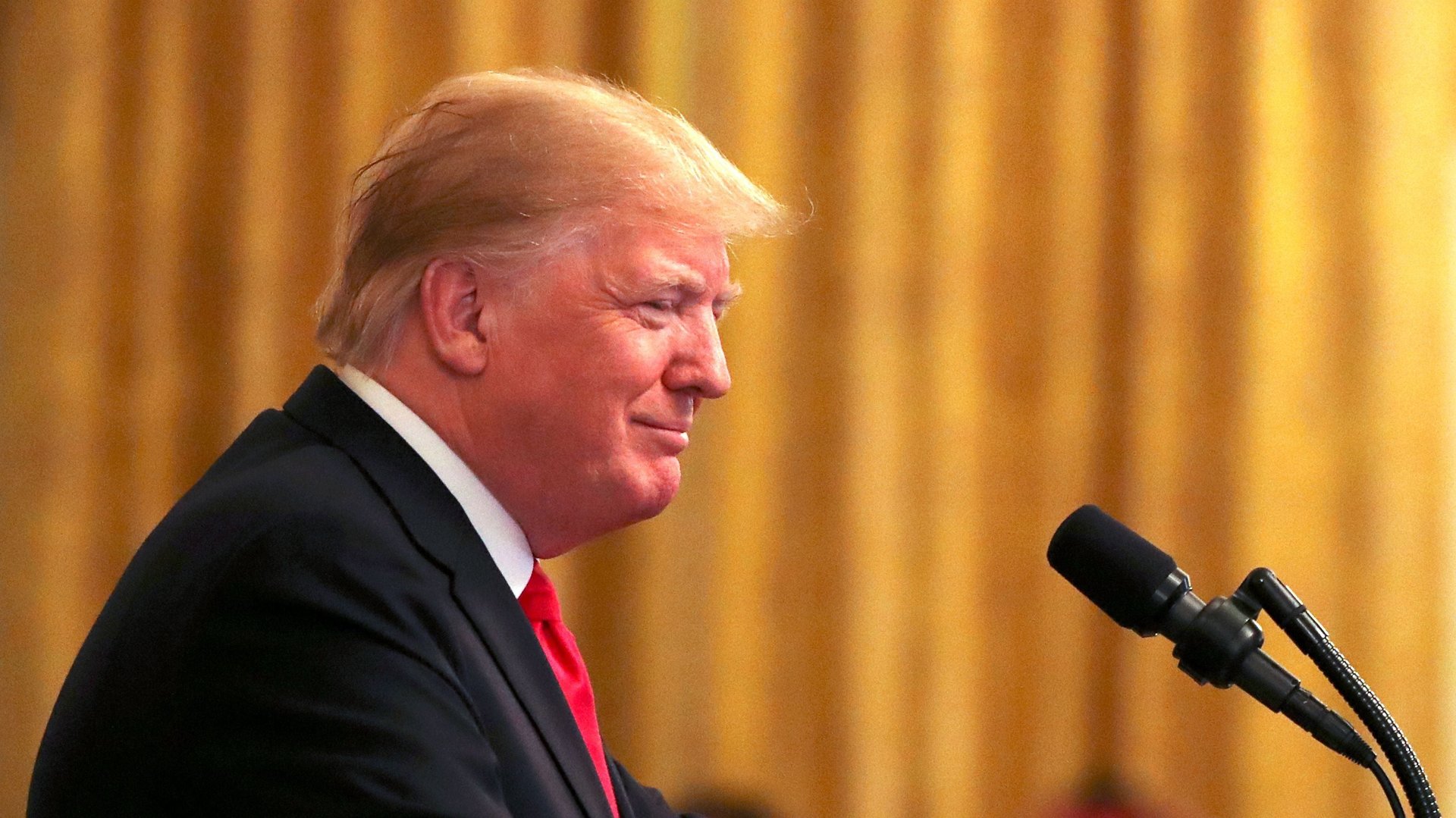If voters care about GDP growth, Republicans are sitting pretty
The American economy grew a solid 3.5% in the third quarter. Today’s GDP print is the last big piece of economic news before voters go to the polls on Nov. 6, and coming after the second quarter’s 4.2% growth, it is the second consecutive quarter of strong growth. If voter sentiment does indeed turn on “it’s the economy, stupid,” as strategist James Carville famously put it, Donald Trump and the Republicans should be breathing a little easier.


The American economy grew a solid 3.5% in the third quarter. Today’s GDP print is the last big piece of economic news before voters go to the polls on Nov. 6, and coming after the second quarter’s 4.2% growth, it is the second consecutive quarter of strong growth. If voter sentiment does indeed turn on “it’s the economy, stupid,” as strategist James Carville famously put it, Donald Trump and the Republicans should be breathing a little easier.
That, though, is a big if.
As you can see, the economy was similarly booming in the lead-up to the midterms in 1998 and 2014—and to a slightly lesser degree, 1994 and 2010. (In the chart, blue and red indicate a Democrat or Republican president, respectively. The X-axis counts down the quarters before the vote.)
However, if there’s a connection between GDP growth and election results, it’s not exactly obvious.
The two most recent quarters recorded the strongest back-to-back growth since 2014. As it happens, that growth spurt came directly before the 2014 midterms, in which voters punished then-president Barack Obama’s party, consolidating the Republican majority in the House and taking back control of the Senate.
The discernible trend, to the extent there is one, is that the party of the sitting president almost always loses seats in midterm elections. There are two obvious exceptions: 2002 and 1998. The GOP midterm triumph in 2002 is probably something of an outlier given that the Sept. 11, 2001, terror attacks were still fresh enough in voters’ minds for them to rally around president George W. Bush by supporting his fellow Republicans in Congress.
Might 1998 be more instructive?
Maybe. In terms of cumulative growth, the economy is now the strongest it has been ahead of midterms in 20 years. US GDP is now 6% larger than it was at the start of Trump’s presidency. Over the same seven-quarter stretch ahead of previous midterms, that’s the best run since 1998, when GDP expanded by nearly 8% at the start of Bill Clinton’s second term. Clinton’s Democrats surpassed expectations in that midterm vote, gaining five house seats—the first time the president’s party had gained seats in a midterm election since 1934.
That said, over the past 50 years there’s no correlation between GDP growth before the midterms and seats gained. For what it’s worth, presidential approval ratings and unemployment rates are similarly unreliable indicators of midterm outcomes.
That doesn’t mean economic data are totally irrelevant. A model created by political scientist Seth Masket—variables of which include the president’s Gallup approval rating on Labor Day and growth in second-quarter real disposable income per capita—explains about 57% of the change in House seats in midterm elections since 1950. Here’s the generic forecast of seat turnover based on three levels of presidential approval and income growth.
What might this mean for Trump’s Republicans? If Masket’s model above holds, the GOP is on track to do much worse than surging GDP might indicate (in the House, at least). In the second quarter, real disposable personal income per capita grew by 2.1% versus the same quarter last year. Meanwhile, Gallup put Trump’s approval rating at 41% as of Sep. 2, 2018. Your eyeballs can do the rest.